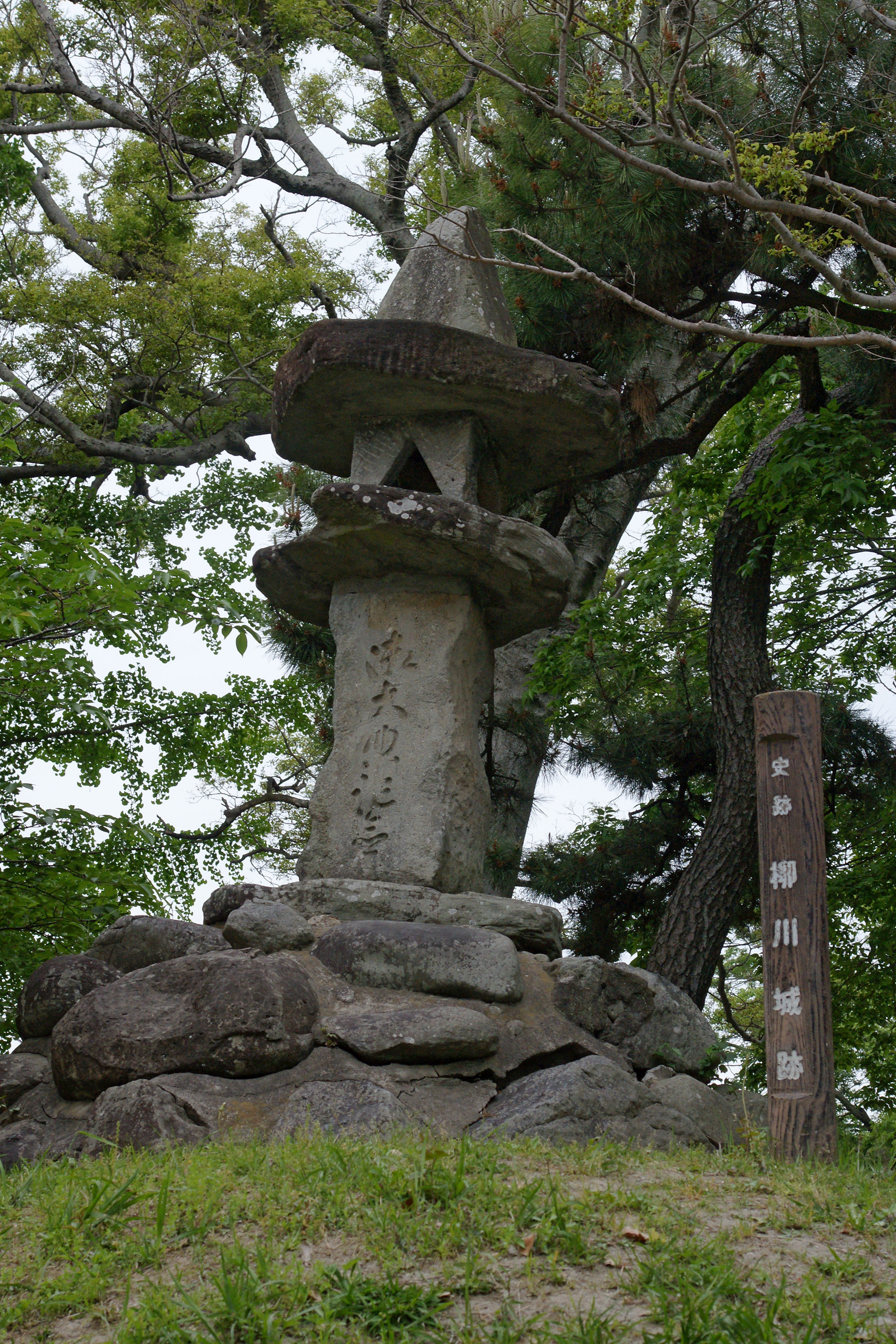Yanagawa Domain on:
[Wikipedia]
[Google]
[Amazon]
 was a Japanese
was a Japanese
''Warlords, Artists, & Commoners: Japan in the Sixteenth Century,'' p. 18
This was different from the
 Tachibana clan, 1620–1871 (''tozama''; 109,000 ''koku'')
# Muneshige
#Tadashige
#Akitora
#Akitaka
#Sadayoshi
#Sadanori
#Akinao
#Akihisa
#Akikata
#Akihiro
#Akinobu
#Akitomo
Tachibana clan, 1620–1871 (''tozama''; 109,000 ''koku'')
# Muneshige
#Tadashige
#Akitora
#Akitaka
#Sadayoshi
#Sadanori
#Akinao
#Akihisa
#Akikata
#Akihiro
#Akinobu
#Akitomo
Yanagawa on "Edo 300 HTML"
(19 Oct. 2007) Domains of Japan {{japan-hist-stub
 was a Japanese
was a Japanese domain
Domain may refer to:
Mathematics
*Domain of a function, the set of input values for which the (total) function is defined
** Domain of definition of a partial function
** Natural domain of a partial function
**Domain of holomorphy of a function
* ...
of the Edo period
The or is the period between 1603 and 1867 in the history of Japan, when Japan was under the rule of the Tokugawa shogunate and the country's 300 regional '' daimyo''. Emerging from the chaos of the Sengoku period, the Edo period was character ...
. It was associated with Chikugo Province
is the name of a former province of Japan in the area that is today the southern part of Fukuoka Prefecture on Kyūshū. It was sometimes called or , with Chikuzen Province. Chikugo was bordered by Hizen, Chikuzen, Bungo, and Higo Provin ...
in modern-day Fukuoka Prefecture
is a prefecture of Japan located on the island of Kyūshū. Fukuoka Prefecture has a population of 5,109,323 (1 June 2019) and has a geographic area of 4,986 km2 (1,925 sq mi). Fukuoka Prefecture borders Saga Prefecture to the southwest, K ...
on the island of Kyushu
is the third-largest island of Japan's five main islands and the most southerly of the four largest islands ( i.e. excluding Okinawa). In the past, it has been known as , and . The historical regional name referred to Kyushu and its surround ...
.
In the han system
( ja, 藩, "domain") is a Japanese historical term for the estate of a daimyo in the Edo period (1603–1868) and early Meiji period (1868–1912). Nussbaum, Louis-Frédéric. (2005)"Han"in ''Japan Encyclopedia'', p. 283. or (daimyo domain ...
, Yanagawa was a political
Politics (from , ) is the set of activities that are associated with making decisions in groups, or other forms of power relations among individuals, such as the distribution of resources or status. The branch of social science that studi ...
and economic
An economy is an area of the production, distribution and trade, as well as consumption of goods and services. In general, it is defined as a social domain that emphasize the practices, discourses, and material expressions associated with th ...
abstraction based on periodic cadastral
A cadastre or cadaster is a comprehensive recording of the real estate or real property's metes-and-bounds of a country.Jo Henssen, ''Basic Principles of the Main Cadastral Systems in the World,'/ref>
Often it is represented graphically in a cad ...
surveys and projected agricultural yields. In other words, the domain was defined in terms of ''kokudaka
refers to a system for determining land value for taxation purposes under the Tokugawa shogunate of Edo-period Japan, and expressing this value in terms of ''koku'' of rice. Nussbaum, Louis-Frédéric. (2005)"Koku"in ''Japan Encyclopedia'', p. 54 ...
'', not land area.Elison, George and Bardwell L. Smith (1987)''Warlords, Artists, & Commoners: Japan in the Sixteenth Century,'' p. 18
This was different from the
feudalism
Feudalism, also known as the feudal system, was the combination of the legal, economic, military, cultural and political customs that flourished in medieval Europe between the 9th and 15th centuries. Broadly defined, it was a way of structu ...
of the West.
List of ''daimyōs''
The hereditary ''daimyō
were powerful Japanese magnates, feudal lords who, from the 10th century to the early Meiji period in the middle 19th century, ruled most of Japan from their vast, hereditary land holdings. They were subordinate to the shogun and nominall ...
s'' were head of the clan and head of the domain.
* Tanaka clan, 1600–1620 ('' tozama''; 325,000 ''koku
The is a Chinese-based Japanese unit of volume. 1 koku is equivalent to 10 or approximately , or about . It converts, in turn, to 100 shō and 1000 gō. One ''gō'' is the volume of the "rice cup", the plastic measuring cup that is supplied ...
'')
# Yoshimasa
#Tadamasa
See also
* List of Han *Abolition of the han system
The in the Empire of Japan and its replacement by a system of prefectures in 1871 was the culmination of the Meiji Restoration begun in 1868, the starting year of the Meiji period. Under the reform, all daimyos (, ''daimyō'', feudal lord ...
References
External links
Yanagawa on "Edo 300 HTML"
(19 Oct. 2007) Domains of Japan {{japan-hist-stub